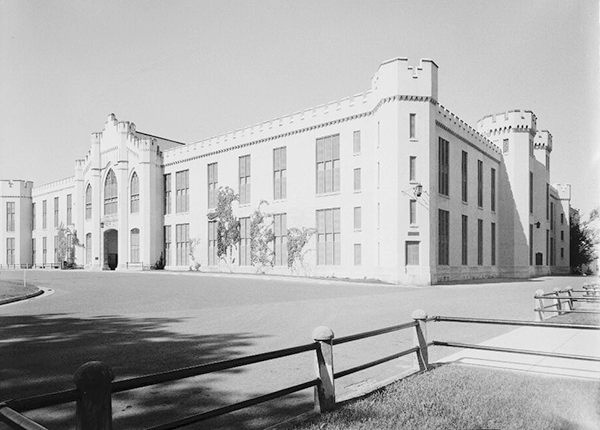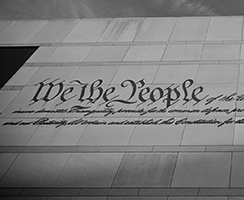Summary
Beginning in the 1970s, the Supreme Court decided a series of cases that applied the Fourteenth Amendment’s Equal Protection Clause to policies that discriminated on the basis of sex. These cases culminated in Justice Ruth Bader Ginsburg’s landmark opinion in United States v. Virginia. In 1990, the United States sued Virginia on behalf of several women who wanted to attend the Virginia Military Institute (VMI)—a public, all-male university. The Supreme Court ruled that VMI’s male-only admissions policy violated the Fourteenth Amendment’s Equal Protection Clause. In her majority opinion for the Court, Justice Ginsburg explained that for a state policy providing differential treatment on the basis of sex to survive Fourteenth Amendment scrutiny, the state must offer an “exceedingly persuasive justification.” In the end, Justice Ginsburg concluded that Virginia’s attempts to justify VMI’s all-male admission policy failed such a test. As a result, the Court ruled that women had a constitutional right to be admitted to VMI.





